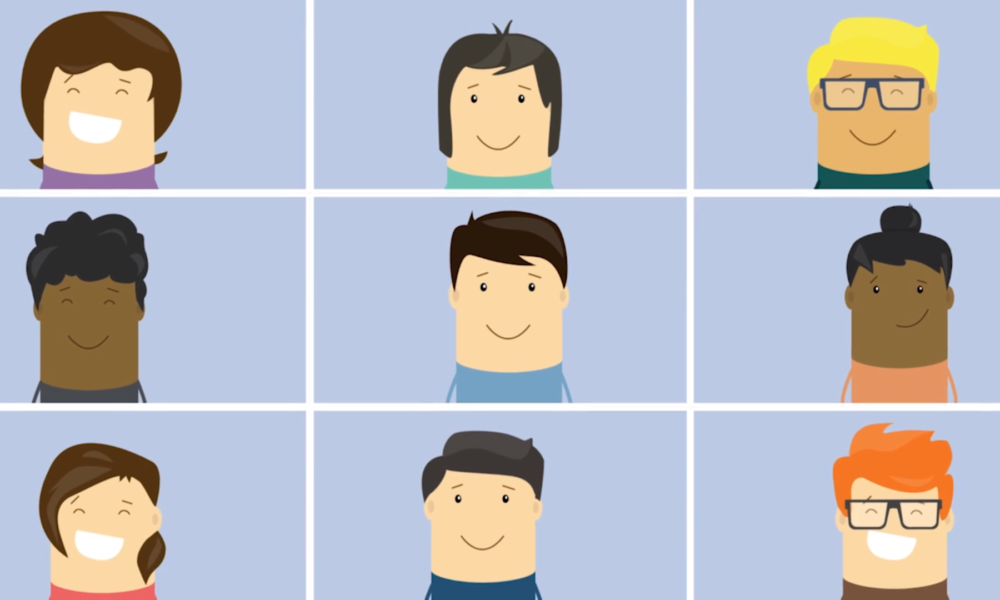Long Beach State began alternative instruction last week—with most classes using Zoom conference calls—and with the transition came challenges for students and staff.
Ted Stankowich, an assistant professor in the biology department, said there are certain aspects of the learning experience that can’t be replicated using Zoom.
Normally, Stankowich’s students would observe the collection of skulls, skeletons and furs in a lab to learn the identity of different mammal species in his mammalogy class, but that’s no longer an option with the campus’ closure.
An obstacle Stankowich now has to work through is the lack of face-to-face communication with individual students, something he did to get the most out of his classes.
“The one drawback to [Zoom conferences] is that when I’m sharing my screen with the slides on it, I can’t see my students and interact with them,” Stankowich said. “One of the most important things you get from in-person instruction is being able to see confusion or comprehension on students’ faces in class, adjust to it, and have easy interactions. On Zoom, students can freely speak and ask questions, but I have no way of reading them.”
Even if Stankowich could see the students while he shared his screen, he says “most” of them use the option to turn off their camera while they watch and listen to the lecture anyway.
“They’re at home and may not be dressed to be seen in public, especially for a morning class,” Stankowich said. “But the technology has worked well overall, which is surprising given the volume of users that Zoom must be experiencing right now from all over the country.”
Adolfo Reyes, a teaching assistant and graduate student in the geography department, said it’s on the student to reach out to professors if they are having issues with a class.
“If the students do not take initiative to seek out guidance, I won’t have the safety net of a class lecture to be able to disseminate information,” Reyes said.
Reyes commuted to CSULB from the San Fernando Valley when the campus was open. He’s taken advantage of the extra time he has without having to commute. The biggest issue for him, he said, is adjusting the organization of lab materials through an electronic medium.
“The change brought by COVID-19 made it better for me, to be honest,” Reyes said. “I can stay home and not worry about scheduling, which was predicated on commuting and my energy. So juggling [time], in my perspective, is a minute issue I don’t even think about.”
Viviana Pérez, a third-year political science major, said her transition to Zoom classes has gone smoothly, but it can never compare or replace in-person classes.
“For me, the frustrating part is that I paid my tuition for in-person classes,” Pérez said. “If I wanted to take classes online, I would’ve signed up to do so. While online, more independent learning might work for some students, it doesn’t really work for me. I’d much rather go through the motions of going to class and taking notes.”
Carole Campbell, a sociology professor, has never taught an online class before this week’s transition to Zoom lectures.
“I haven’t previously taught online, but that is true of the majority of my colleagues in sociology as well,” Campbell said. “So we’re all in this together.”
It’s been a seamless change for Campbell. She’s contacted BeachBoard for help navigating the site but said there haven’t been any technical difficulties.
The effects the coronavirus has had on the CSULB campus prompted Campbell to add new writing assignments for her classes, some of which are replacing her previously scheduled exams. Her AIDS and Society students are now tasked with writing an essay where they compare and contrast the COVID-19 pandemic to the HIV/AIDS pandemic.
One of Campbell’s students, Anthony Lim, a third-year sociology major, said he enjoyed her lectures before the coronavirus pandemic put them to a halt. He isn’t looking forward to his new writing assignments.
“It sucks because her course was so engaging and I prefer in-class exams over essays,” Lim said.
This isn’t Lim’s first time taking online classes but said the use of Zoom conferences for alternative instruction isn’t as fluid.
“[In previous online classes] I would follow a format, like modules,” Lim said. “I complete a module each week, followed by a class discussion then [a] quiz. This situation is different because there’s no real structure. It feels choppy and all over the place honestly.”
Lim is just one of the many CSULB students who have to adapt on-the-go this spring. The coronavirus pandemic has put the university’s community in an unfamiliar situation, one that has to be overcome by students and faculty alike.
“Students have been asked to perform under less than ideal conditions, but they’ve been amazingly resilient,” Campbell said. “After all, none of us signed up for this.”




